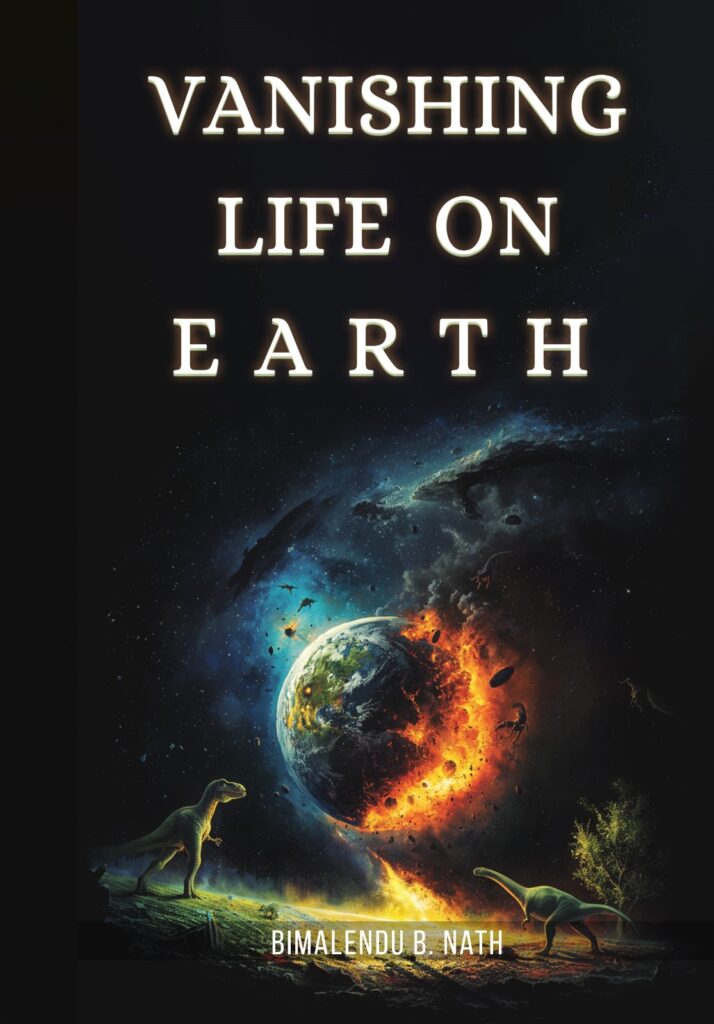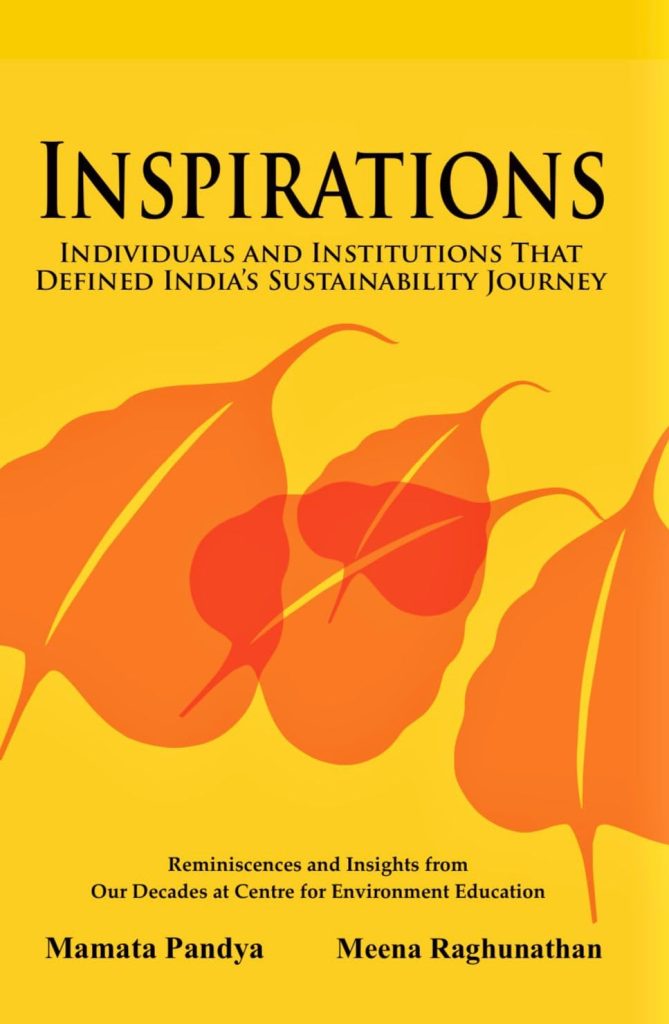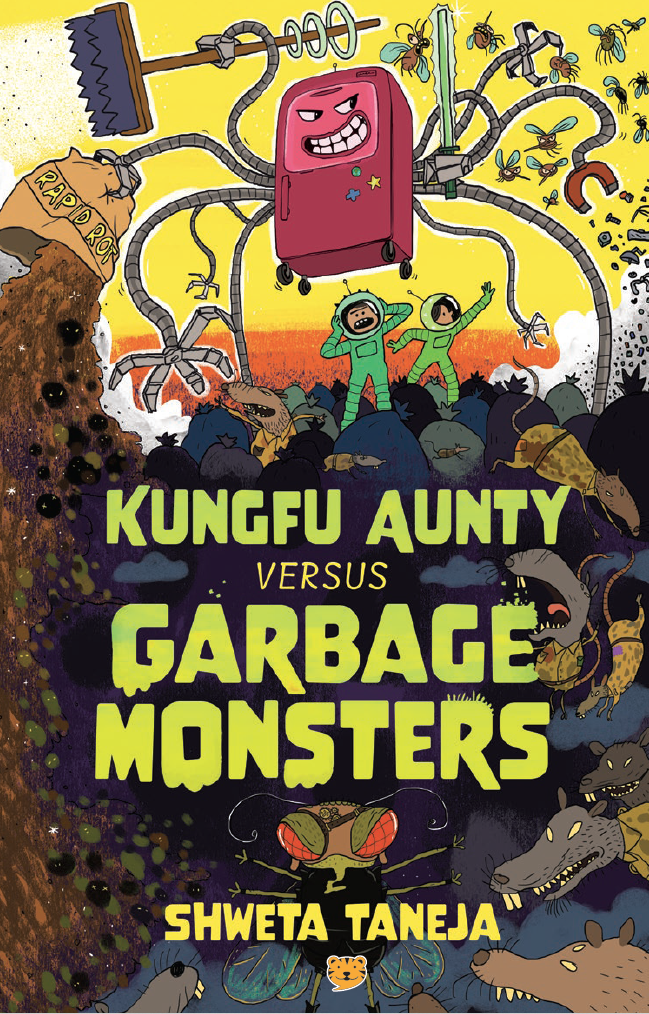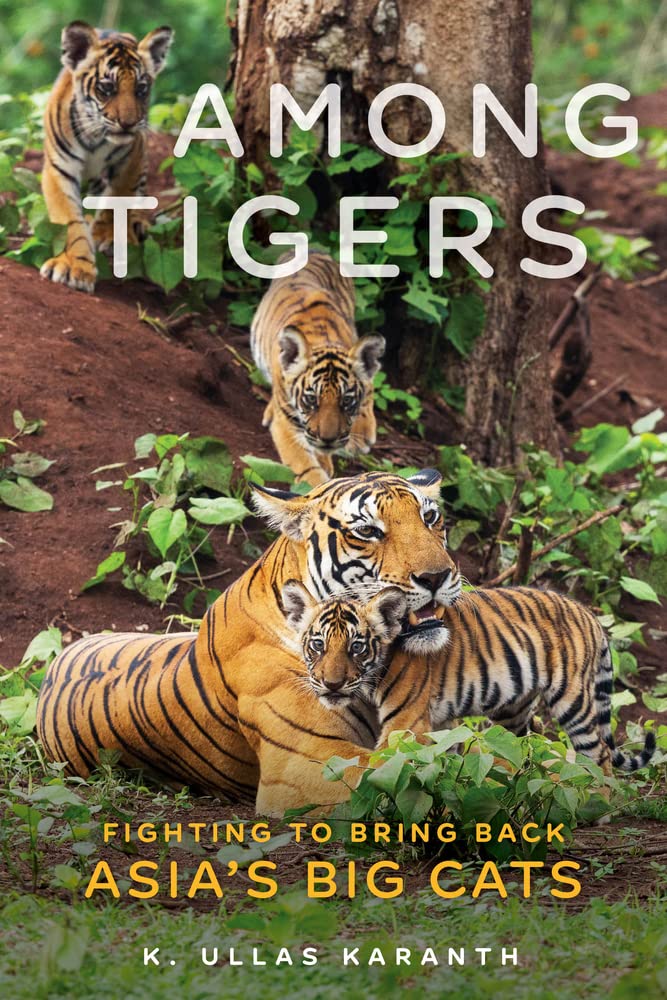A FASCINATING ACCOUNT OF 20TH CENTURY ENVIRONMENTAL HISTORY AND THE HUMAN FOOTPRINT ON THE PLANET
Picture this: a thriving forest is set afire and all its wildlife exterminated, simply to construct a new headquarters for a new government. If you were asked to date this, you could be forgiven for thinking it yet another irresponsible excess committed by a freshly-elected party in contemporary India. While the exact answer is a matter of some debate, the description goes back to mythology: this is how Indraprastha, the Pandava capital, was created.
If there were only one lesson that a student or practitioner of conservation science could take from the recently published two-volume anthology India’s Environmental History (IEH), it would be that old truth: history repeats itself. To anyone with an interest in conservation in India today, it might seem that the powers-that-be function with a with a near-imperialistic drive, whether in the pursuit of economic heights through the thoughtless extraction of natural resources or with the desire to protect what wilderness remains. In either case, local communities and cultures, ecological impacts and conservation concerns be damned. But none of this is new—the whimsy of those in power might ban cow slaughter today, in exactly the same way that a newly-converted emperor Asoka banned hunting and fishing over two millennia ago, punishing disobedience with expulsion.
As one moves from chapter to chapter, the realisation that many of these tussles with nature are far older than we imagine comes as a sort of mixed comfort. Larger contests like power struggles over the commons, state powers marginalising forest communities as well as particular frictions such as the altering of river courses, the detrimental effects of canal irrigation and the centuries-old conflicts with wildlife in agricultural landscapes: these have all existed through the ages, although the backdrops against which they are played out constantly change.
But a word of caution for those looking into the book hoping to stumble upon solutions to these disputes comes in Sumit Guha’s essay on local communities’ use of the commons. He reminds us that through time communities have “previously encountered many of the problems we face today and were frequently unable to provide optimal solutions to them.” Yet, as one reads on, what one does find are not answers but certainly a far more nuanced understanding of several sticking points in contemporary environment and conservation debates.

Edited By Mahesh Rangarajan and K. Sivaramakrishnan
Permanent Black, New Delhi, Delhi, IN, 2012.pp.464 & pp.614, 1850.00

While essays underpinned by key issues in environmental history form the meat of the book, the anthology also contains a very welcome sprinkling of pieces that provide fascinating tidbits from the past: Trautmann writes about war elephants and their central contribution to the might of Mauryan armies, Divyabhanusinh tells us of the Mughals and their relationship with nature and wildlife as evidenced by their paintings, biographies, autobiographies and incredibly meticulous record-keeping and Grove reveals that that East India company network was key to early studies on climate patterns, including the discovery of the link between the Indian monsoon and the El Nino weather phenomenon.
While the essays span an admirable breadth across time, space, methodologies, theories and issues, understanding history only as a series of such individual accounts of events is to limit its function as well as our own understanding: a classic failure that nearly all school textbooks of history suffer from. History, as we encounter it in the education system, is often no more than a documentation of what went before, a simple compendium of occurrences, offering little besides the appeal of a story. But history as process as rather than episode, as a continuous narrative of many and varied threads weaving together to create the present, carries far more: it surprises, reveals and teaches.
This approach that IEH takes: examining not a series of events, but the gamut of processes that shaped (and continue to influence) the environment of the subcontinent through the centuries. Such an approach makes it possible, even for the uninitiated reader, to follow threads that whet their interest and explore further. More importantly, it provides a variety of frameworks through which to examine and understand environmental conundrums of the present, not as sui generis, as they often seem, but as near-inevitable inheritances from the past.
But how is the new reader, say a student of science rather than the arts, to identify these threads and frameworks? Editors Rangarajan and Sivaramakrishnan make that process both easy and greatly interesting in their superb introductions to both volumes. Although the proper office of an Introduction is to put the book into context for readers of all backgrounds and persuasions, rarely do they carry out this duty. Often, they further gate the book and cause trepidatious beginners to flee. The two introductions in IEH, however, triumph in this tricky task. They provide a fantastic overview of materials from which history can be reconstructed—the use of oral, literary, archeological and more recently, ecological evidence—while directing the reader to be aware of the voices of each of these privileges. They guide the reader through the evolutions of debates and arguments that have accompanied tellings of the past and flag problems with the tools of these presentations. In sum, the introductions in IEH are what make the parts whole and illumine how and why we find ourselves at these coordinates at this time.
Pavithra Sankaran works with Education & Public Engagement team at Nature Conservation Foundation. pavithra@conservation.in





